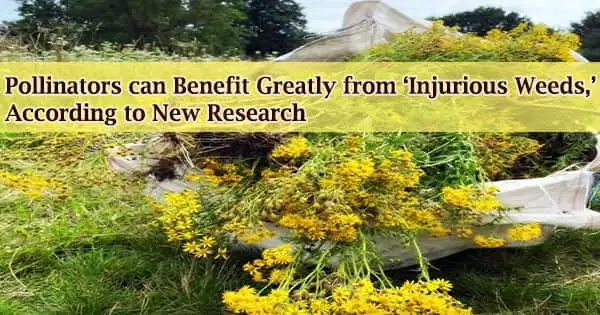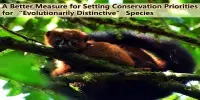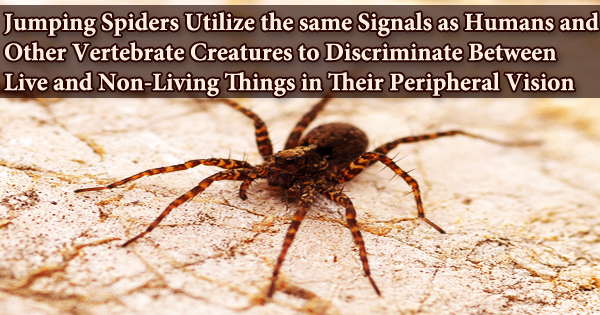Weeds are significantly more valuable in supporting biodiversity than we give them credit for, according to a new study financed by Rowse Honey Ltd by academics at the University of Sussex.
Dr. Nicholas Balfour and Professor Francis Ratnieks compared the biodiversity value of plants classified as “injurious weeds” to the biodiversity values set by the Department for Environment, Food and Rural Affairs (DEFRA) for pollinator-targeted agri-environmental options like red clover and wild marjoram.
Their findings, published in the Journal of Applied Ecology, demonstrate that weed species attract considerably more pollinators than DEFRA-recommended plants in terms of quantity and diversity.
The 1959 Weeds Act in the United Kingdom classifies five types of native wildflowers as “injurious.” Three of these, ragwort (Jacobaea vulgaris) and two thistles, are frequently frequented by various kinds of bees and other insects (Cirsium arvense, C. vulgare). The other two are docks (Rumex crispus and R. obtusifolius), which are mostly pollinated by the wind.
In a field research in East Sussex, Dr. Balfour and Professor Ratnieks counted and identified insects visiting three of these species of ragwort, thistles, and other wildflowers, including those recommended by DEFRA, growing in six pasture or ex-pasture settings.
Pollinators visited weed species in greater numbers than DEFRA-recommended plants, according to their findings, which were confirmed by a subsequent review of scholarly literature.
It is alarming that the many public bodies are using tax-payers money and volunteers to actively remove ragwort. This plant was found to support the most conservation-listed insect species in our study. The implementation of the Ragwort Control Bill probably deserves greater scrutiny, especially given that the evidence underpinning it is questionable.
Dr. Nicholas Balfour
The three insect-pollinated weeds were visited by four times as many pollinator species and five times as many conservation-listed species, according to the Database of Pollinator Interactions.
Weeds were placed 4th (C. arvense), 6th (J. vulgaris), and 13th (J. vulgaris) in terms of pollinator species recorded, out of 387 plant species examined in the database (C. vulgare). Similarly, the Database of Insects and their Food Plantsfound that the five weed species are related with twice as many herbivorous insect species.
Dr. Nicholas Balfour, Post-Doctoral Researcher at the Laboratory of Apiculture and Social Insects (LASI) at the University of Sussex, said: “There now exists a substantial body of evidence which shows that weeds are a vitally important resource for pollinators. The three insect-pollinated species have open flowers that allow access to a wide variety of pollinator species, and they produce, on average, four times more nectar sugar than the DEFRA recommended plant species.”
Pollinators are essential for world biodiversity, ecosystem resilience, and agricultural production. However, pollinator reductions are a major issue, and the long-term decline of flowers in our landscapes is a major contributor.
“We appreciate that agricultural weeds can cause yield losses in arable and pastureland. However, we’ve shown that they can also be of great value to both flower-visiting and herbivorous insects and shouldn’t be underestimated when it comes to supporting our natural biodiversity,” said Dr. Nicholas Balfour.
According to freedom of information requests to public entities such as councils, Natural England, and Highways England, almost £10 million is spent each year on weed eradication.
Because of the Ragwort Remove Bill 2003, the majority of local governments said they actively control ragwort, putting it in the same category as invasive, non-native species like Japanese knotweed (Reynoutria japonica).
Dr. Balfour added: “It is alarming that the many public bodies are using tax-payers money and volunteers to actively remove ragwort. This plant was found to support the most conservation-listed insect species in our study. The implementation of the Ragwort Control Bill probably deserves greater scrutiny, especially given that the evidence underpinning it is questionable.”
“Our results clearly show that weeds have an underappreciated value in supporting our natural biodiversity. Unfortunately, current UK agricultural policy encourages neither landsparing for, nor landsharing with, weeds.”
Francis Ratnieks, Professor of Apiculture at the Laboratory of Apiculture and Social Insects (LASI) at the University of Sussex said:
“Many common native plant species valuable to wildlife conservation are, unfortunately, underappreciated. Here we show the importance of ragwort and thistles to flower-visiting insects. Previously LASI has shown the importance of bramble and ivy, plants which are often referred to in negative terms such as thugs or parasites.”
The authors are now urging policymakers to reexamine the role of weeds in future agri-environmental policy by reexamining how present policies are implemented. The Environmental Land Management Scheme, which will be available to English farmers by the end of 2024, will substantially replace the EU Common Agricultural Policy programmes currently in place.
The authors hope that this policy will provide enough directives and financial incentives to persuade land managers to tolerate injurious weeds, while taking into account the challenges faced by various stakeholders, the balance of practicality and cost, as well as the benefits to the natural world of weed tolerance. Funding was given by Rowse Honey Ltd.
















